Disclaimer: This post contains affiliate links. If you click through and make a purchase, I may receive a small commission (at no additional cost to you). This helps support and run my blog. I only recommend products I personally use and love. Thank you for your support.
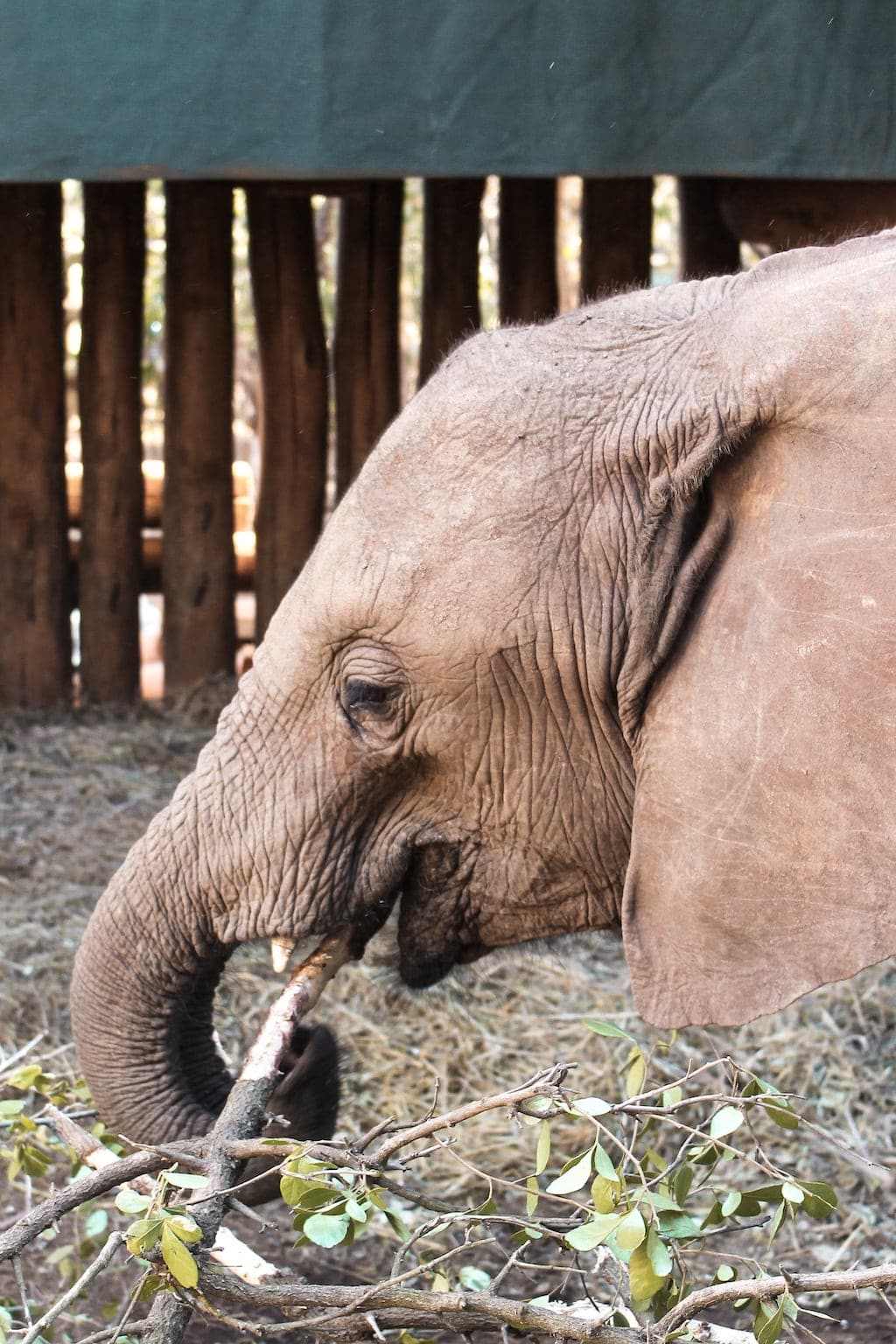
Sheldrick Wildlife Trust is one of East Africa’s first conservation organizations and one of the most highly regarded in the world. Its reputation is well deserved. Since 1977, the Sheldrick Family has operated an elephant rescue and wildlife rehabilitation program. The program expanded over the years to include multiple conservation projects that are operated out of Nairobi, Kenya.
These include an elephant orphanage, anti-poaching unit, mobile veterinary units, and habitat preservation. The Sheldrick Wildlife Trust Elephant Orphanage in Nairobi is open to the public and is a very special experience. Continue reading to find out how to visit Sheldrick Wildlife Trust and everything else you need to know about this wonderful organization.
About Sheldrick Wildlife Trust
The Sheldrick Wildlife Trust is a world-renowned wildlife rescue and rehabilitation center. The organization was founded by Daphne Sheldrick in 1977. It was originally called the David Sheldrick Wildlife Trust, named for her late husband. David was a naturalist and founding warden of Kenya’s Tsavo National Park. The couple worked together for 25 years and rehabilitated many different species during that time. The name was changed to Sheldrick Wildlife Trust in 2019 after Daphne’s death to honor both her and David. Their daughter, Angela Sheldrick grew up in Nairobi National Park where she worked alongside her mother. She currently runs the organization.
In the early 20th century there were 3-5 million African elephants, today there are just 400,000. The SWT has rehabilitated over 260 elephants at the orphanage over the years and is leading Kenya’s fight to save the species. The orphanage is open to the public daily. It offers guests a glimpse into the hard work that goes into rehabilitating wildlife and gives them the opportunity to spend some time with the young elephants.
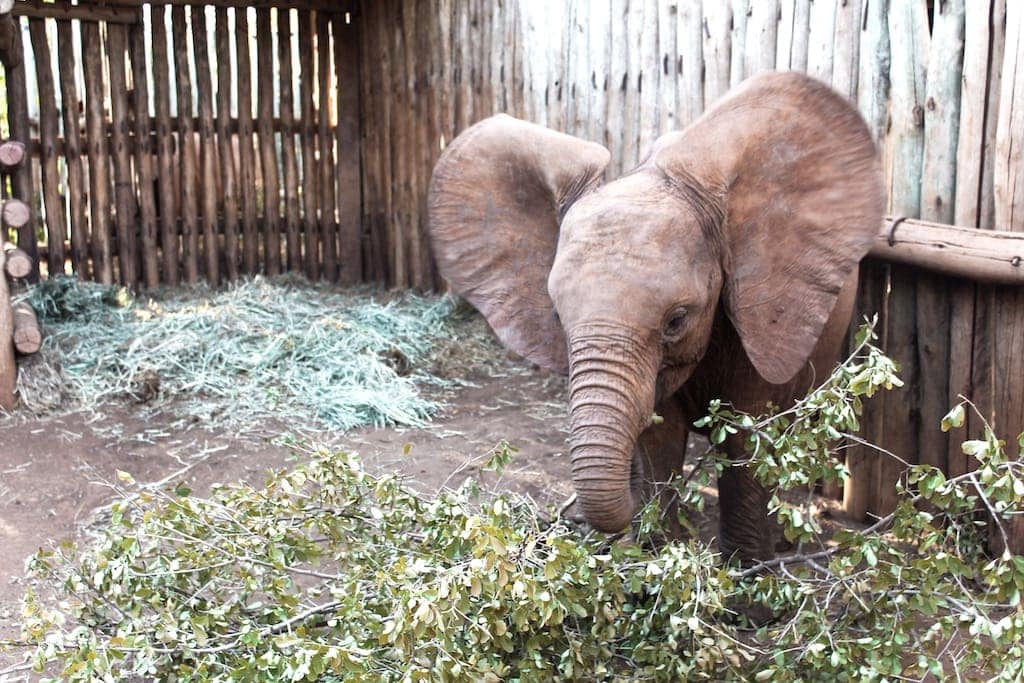
Where is Sheldrick Wildlife Trust
Sheldrick Wildlife Trust has a presence throughout Kenya and works with many of the country’s national parks and forests. However, it is headquartered in Nairobi, Kenya. The Trust owns 1,618 hectares (4,000 acres) of land next to Tsavo East National Park which provides support for all their Tsavo-based projects. Sheldrick Wildlife Trust has three Reintegration Units located within this conservation area. The nursery is located within Nairobi National Park and serves as the organization’s main base for most rehabilitation efforts.
How to Get to Sheldrick Wildlife Trust
Jomo Kenyatta International Airport (NBO) in Nairobi is the closest airport to Sheldrick Wildlife Trust. The airport is located 27 km (17 mi) or about a 40-minute drive from the Sheldrick Wildlife Trust’s Elephant Orphanage. A taxi or Uber can be taken from the airport or from your hotel in Nairobi. A taxi will cost about KES 2,773 ($25 USD) from the airport. Another way to get to Sheldrick Wildlife Trust is by tour. Most tours will include transportation from nearby hotels in Nairobi.
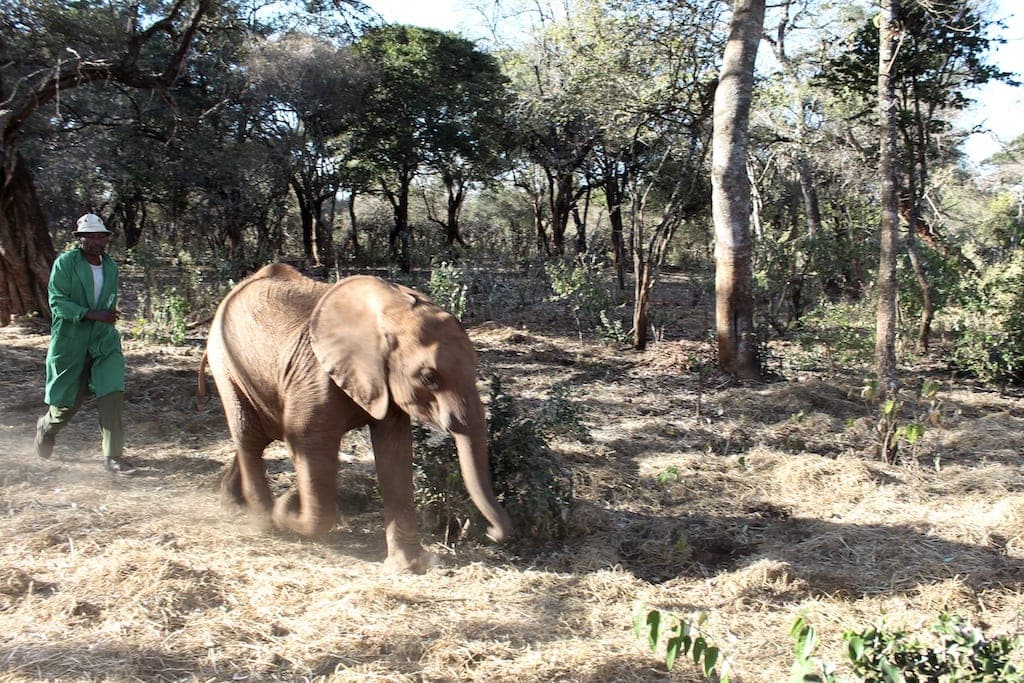
What Does Sheldrick Wildlife Trust Do?
Elephants and rhinos have been in a long and constant battle against poachers and habitat loss. The demand for ivory, the act of deforestation, and persistent drought have all been contributing factors to the loss of wildlife. Kenya is seeing a small increase in elephant populations for the first time in years and this can largely be attributed to the Sheldrick Wildlife Trust.
The Sheldrick Wildlife Trust has a handful of projects in place to combat loss of life. These include the Anti-Poaching Unit, Veterinary Unit, Water for Wildlife, and the Orphan’s Project to name a few. All play a very important role in the survival of wildlife but we’ll focus on the Orphan’s Project.
Orphan’s Project
The Sheldrick Wildlife Trust rescues and rehabilitates all kinds of wildlife but primarily focuses on elephants and rhinos. It is known in particular for its Orphans’ Project. Elephant and rhino calves become orphaned when their mother is killed by poachers or succumbs to drought. The calves are milk dependent for the first two years of life so it is physically impossible for them to survive on their own. Over the years, Daphne Sheldrick mastered their care and developed the perfect baby elephant formula.
When the orphans first arrive at the Sheldrick Wildlife Foundation, they are fragile and most likely dehydrated. They are also extremely traumatized by the recent events they have experienced. Elephants are highly intelligent animals and have a great memory. The orphans actually grieve the loss of their family as they enter the nursery stage.
A large amount of work goes into caring for the elephants at this stage. The nursery keepers watch the orphans around the clock and even sleep beside them throughout the night. The orphans are fed every three hours and the dedicated keepers eventually become their replacement family. They are very social animals and a “family” is very important to them. The keepers are crucial to their survival. In many ways, they are a lot like human children. They need blankets, toys, walks, and lots of stimulation.
At age three to four, the orphans are weaned off the formula and are slowly introduced to a diet of plants. Once they are strong enough, they are then assigned to one of SWT’s reintegration units. The majority go to Tsavo National Park. Tsavo National Park is home to Kenya’s largest elephant population. This is the beginning of their reintroduction into the wild.
Every morning the orphans are accompanied to the park by their keepers. They are first introduced to past nursery orphans and will eventually meet the wild herds. The time it takes for an orphan to join the wild herd is dependent on many factors and each elephant is different. During this phase, they return to the nursery each evening until they are no longer vulnerable to predators.
How to Visit Sheldrick Wildlife Trust
Due to COVID restrictions, there have been changes to the visiting policies at the Nairobi nursery. Please check Sheldrick Wildlife Trust for current policies on how to visit Sheldrick Wildlife Trust. In the past, there have been two ways to visit the nursery. I’ll discuss both in hopes the second will return post-COVID.
Currently, the only way to visit Sheldrick Wildlife Trust is by advance booking. The nursery has a strict schedule and allows visitors from 11 am to 12 pm each day (with the exception of Christmas). The nursery only allows 100 visitors a day. Reservations can be made up to 3 months in advance and I strongly suggest booking as early as possible. Bookings must be made at least 2 days in advance. Entry to the nursery requires a minimum contribution of KES 1500 (US$15) that must be paid in cash. However, more is appreciated and encouraged. Reservations should be made through SWT.
Prior to COVID, there was an additional option to view the elephants through the SWF’s fostering program. Hopefully, this option returns in the future. The fostering program gave guests a more intimate experience. It allowed guests to choose an orphan to sponsor with a contribution of KES 5,545 ($50 USD). Guests were given a picture of their chosen orphan and allowed to visit at 5 pm. Guests then had the opportunity to interact with the nursery babies.
An online version of the fostering program is still available if you would like to donate to the Sheldrick Wildlife Trust. All money raised goes toward the general care of the elephants. Each orphan’s photo and story are available online and you will receive updates on your chosen orphan throughout the year.
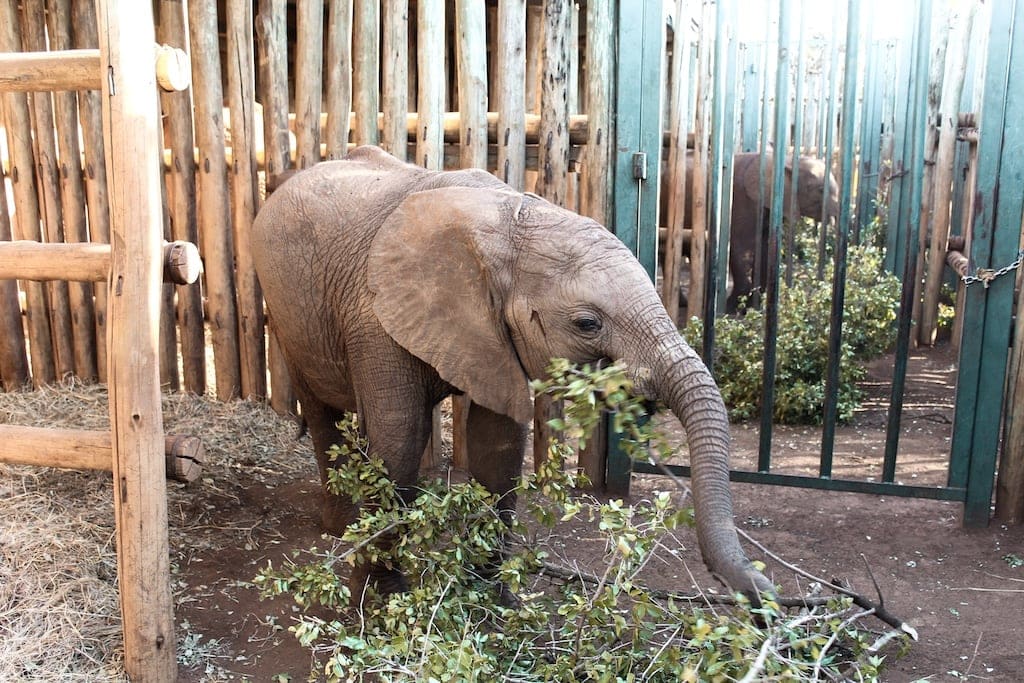
What to Expect at David Sheldrick Wildlife Trust
A visit to the Sheldrick Wildlife Trust is an incredible experience. I was fortunate enough to visit when the fostering program was available. At the time of my visit, the hour from 11 am to 12 pm was open to the public. It was somewhat crowded but a wonderful time nonetheless. During this hour the elephants return from the park for their midday feeding and mud bath.
I returned at 5 pm for the foster experience and joined a small group of people. The orphans returned from their afternoon in the park. They run to the nursery in a parade-like form where they are secured in their enclosures. We then had the opportunity to freely walk about the nursery and visit the elephants.
Where to Stay Near Sheldrick Wildlife Trust
Longview Suites is the perfect hotel choice for a visit to Sheldrick Wildlife Trust. it’s just 4 km (2.5 mi) from the nursery and is under a 10-minute drive. It’s a basic, no-frills hotel with clean rooms and a restaurant on-site. Keep in mind that there is not much around besides the SWT but it may be great for you if you prefer to escape the city’s hustle and bustle.
Crowne Plaza has a couple of locations in Nairobi but their airport location is great. It’s just minutes from the airport and is a beautiful hotel. It’s safe and secure and is a great option if your flight arrives late at night. It also provides a free airport shuttle to the property.
The Boma is a beautiful hotel located in southern Nairobi. Airport transportation is offered if requested in advance. The hotel has spacious rooms, a swimming pool, and an on-site spa. The front desk is also available to assist in booking activities.
Want To Know More?
I really do not have enough good things to say about this extraordinary organization. The dedicated staff does so much for these animals. I encourage you to learn more about and donate to the SWT. Their website hosts a wealth of information as well as individual stories about each orphan.
There is also a wonderful documentary about the Sheldrick Wildlife Trust titled, “Gardeners of Eden”. Everyone can benefit from watching this film (warning: it may result in tears). It includes footage of the anti-poaching and veterinary units in action, which are a very important part of the organization. I have so much respect for this group of people who dedicate their lives to protecting these animals. I hope you watch and enjoy it.
Have you been to Nairobi? Did you visit Sheldrick Wildlife Trust? I’d love to hear about your experience. If you’ve enjoyed this post, please leave a comment or share using the social media buttons below. Want to visit giraffes while in Nairobi? Continue to my post “How to Stay at the Incredible Giraffe Manor“.
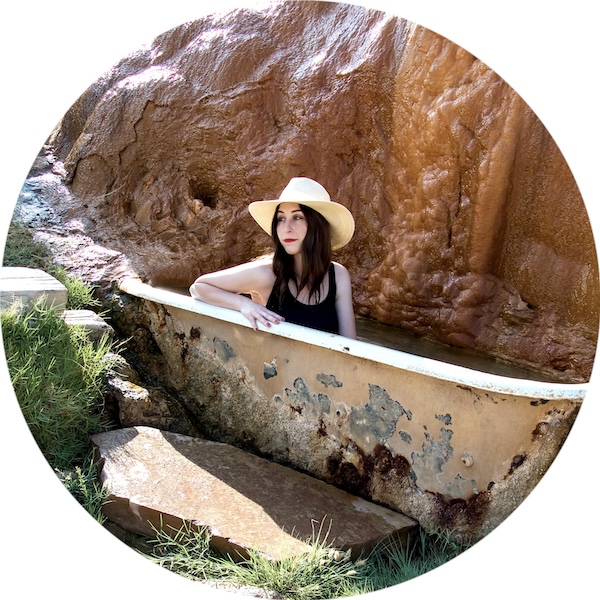
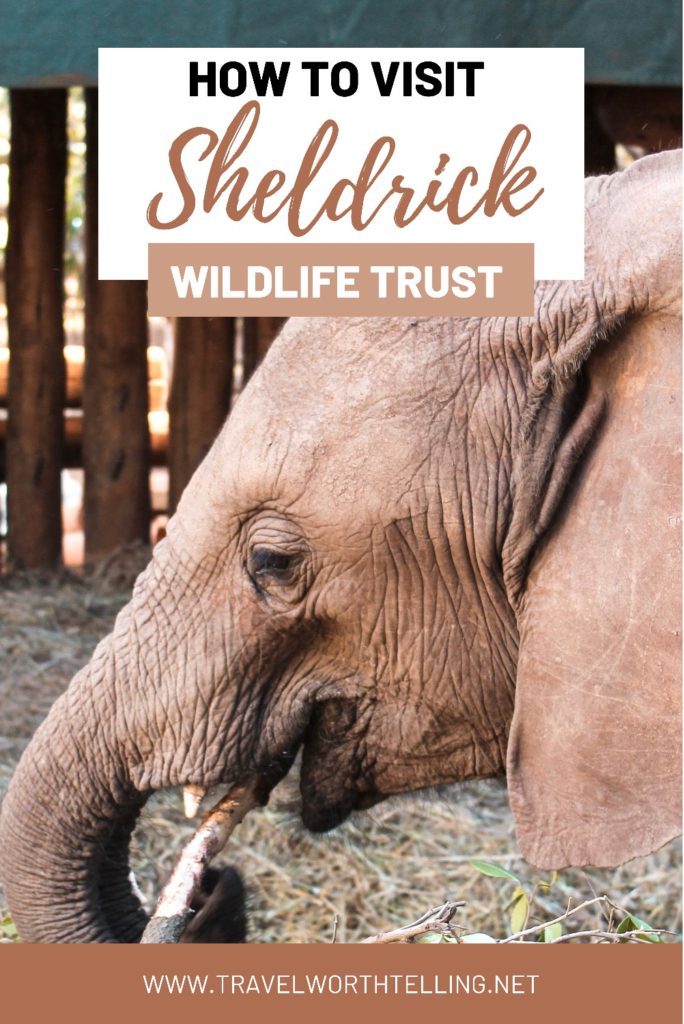
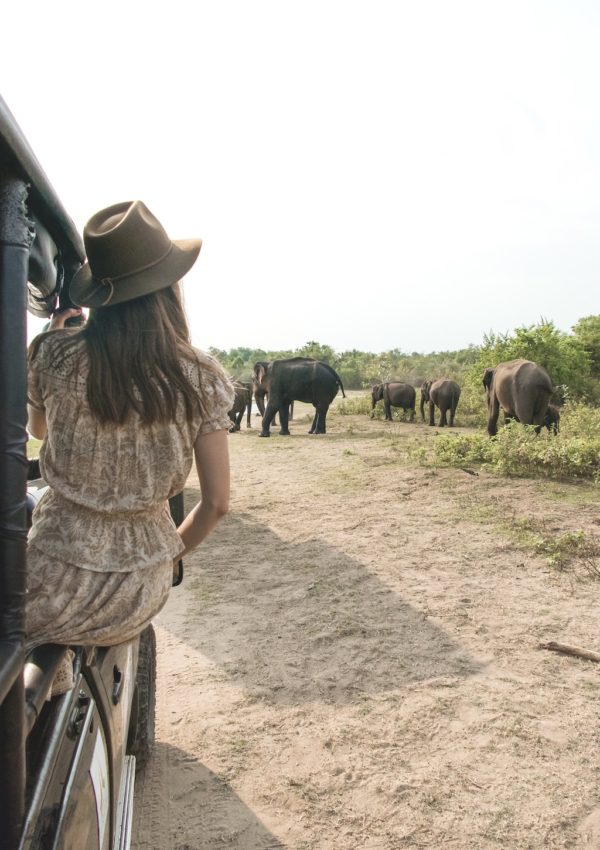
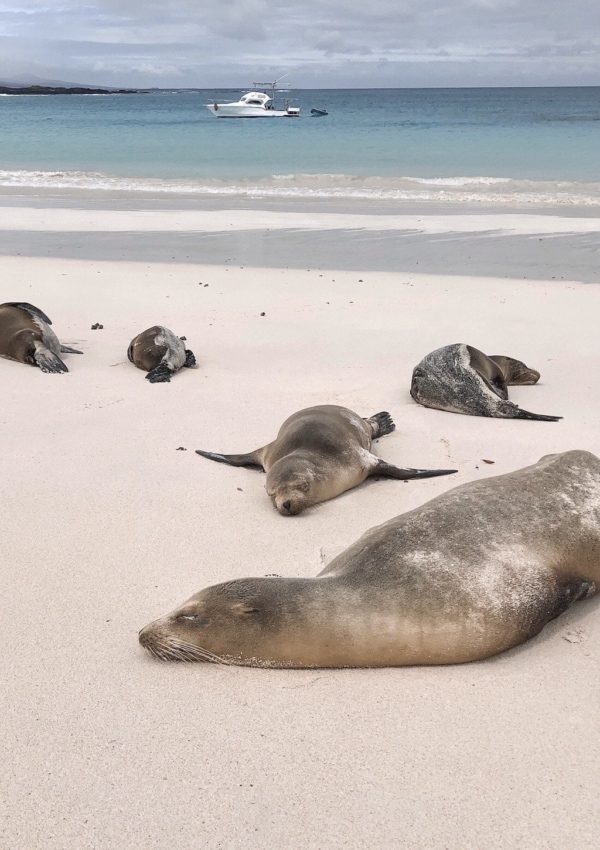
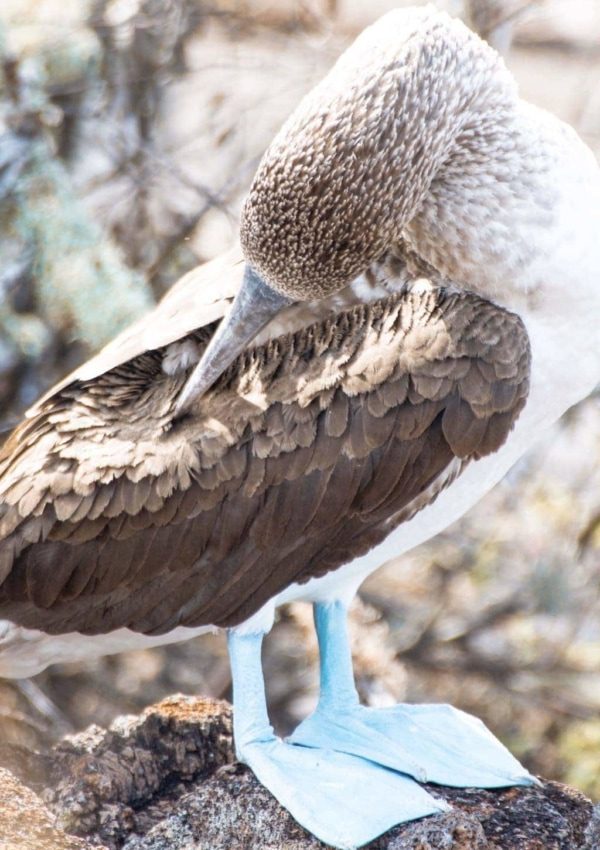
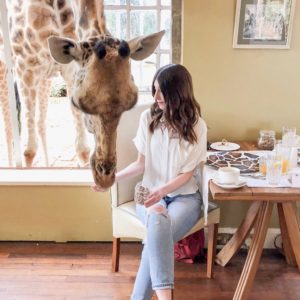
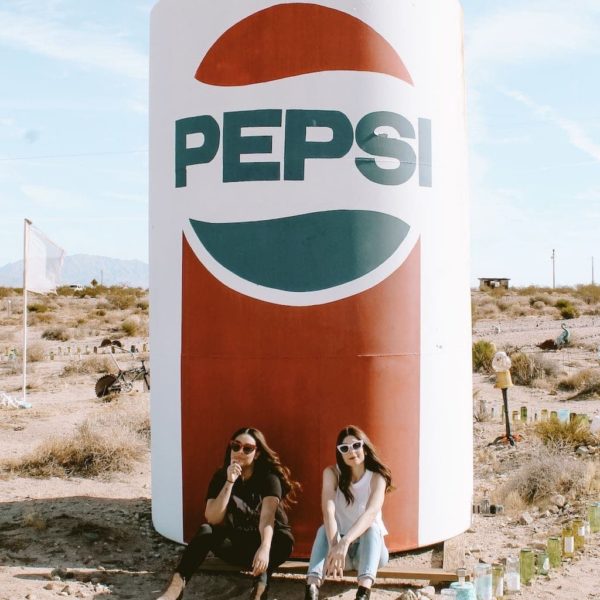

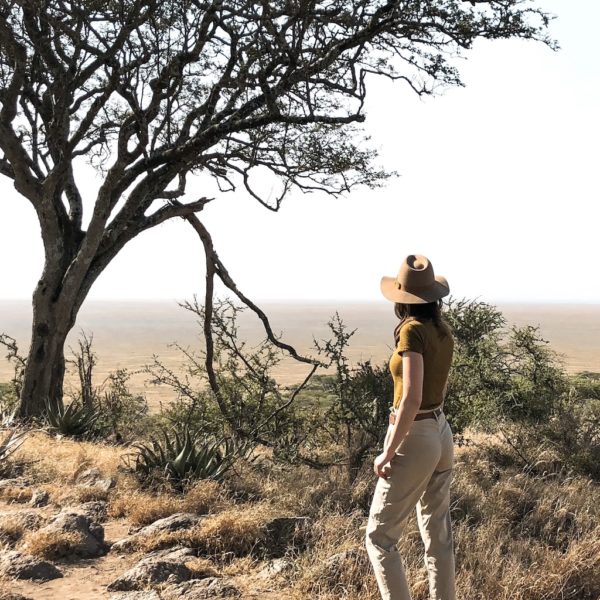
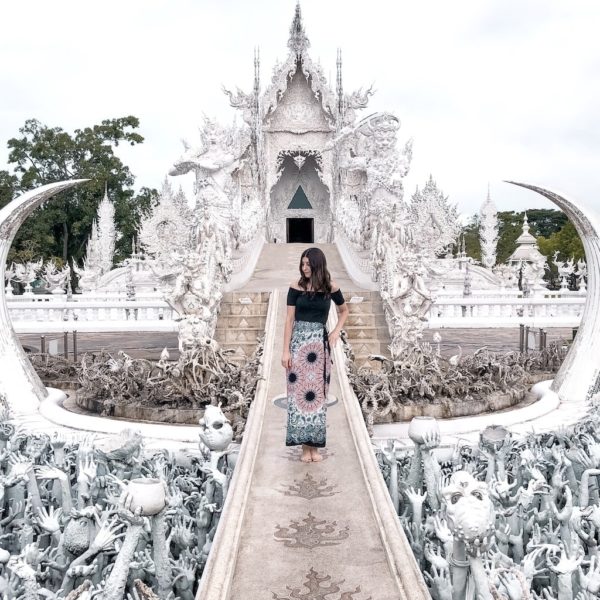
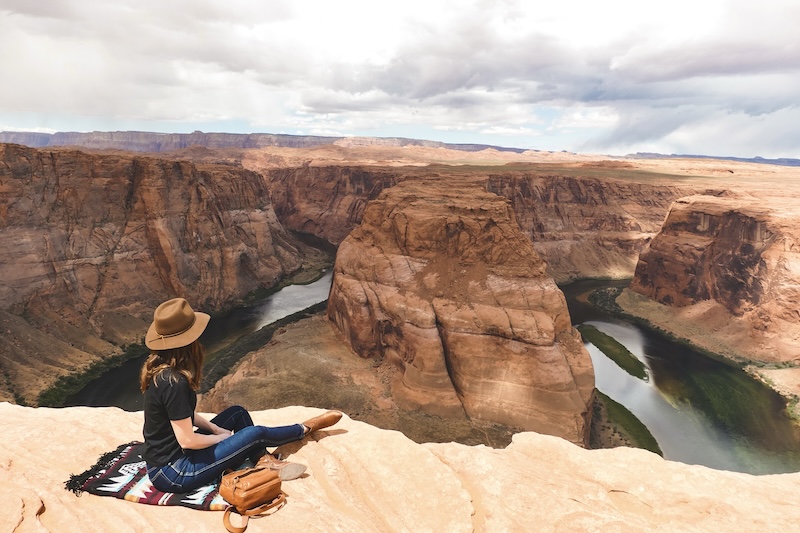
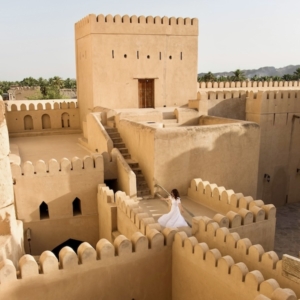
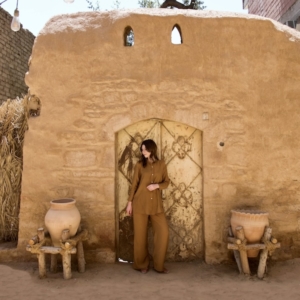
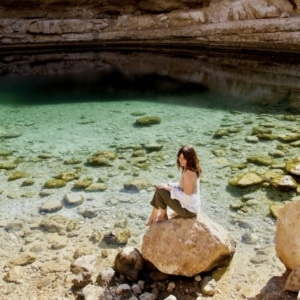
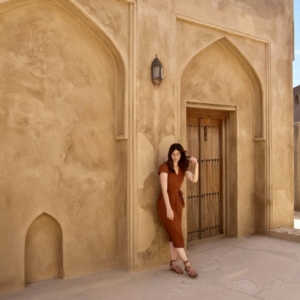

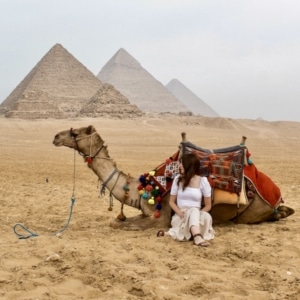
I love elephants! I hung out with them at the Elephant Retirement Park in Chiang Mai, Thailand. I learned about the difference between African and Thai elephants, but I can’t remember now. But who cares? Baby elephants are so cute!!!
I definitely want to go visit them in Chiang Mai! Looks like so much fun!
Thanks for some other excellent post. Where else may anybody get that kind of info in such a perfect way of writing?
I have a presentation subsequent week, and I am on the look for such information.
You’re welcome! Glad you enjoyed it!